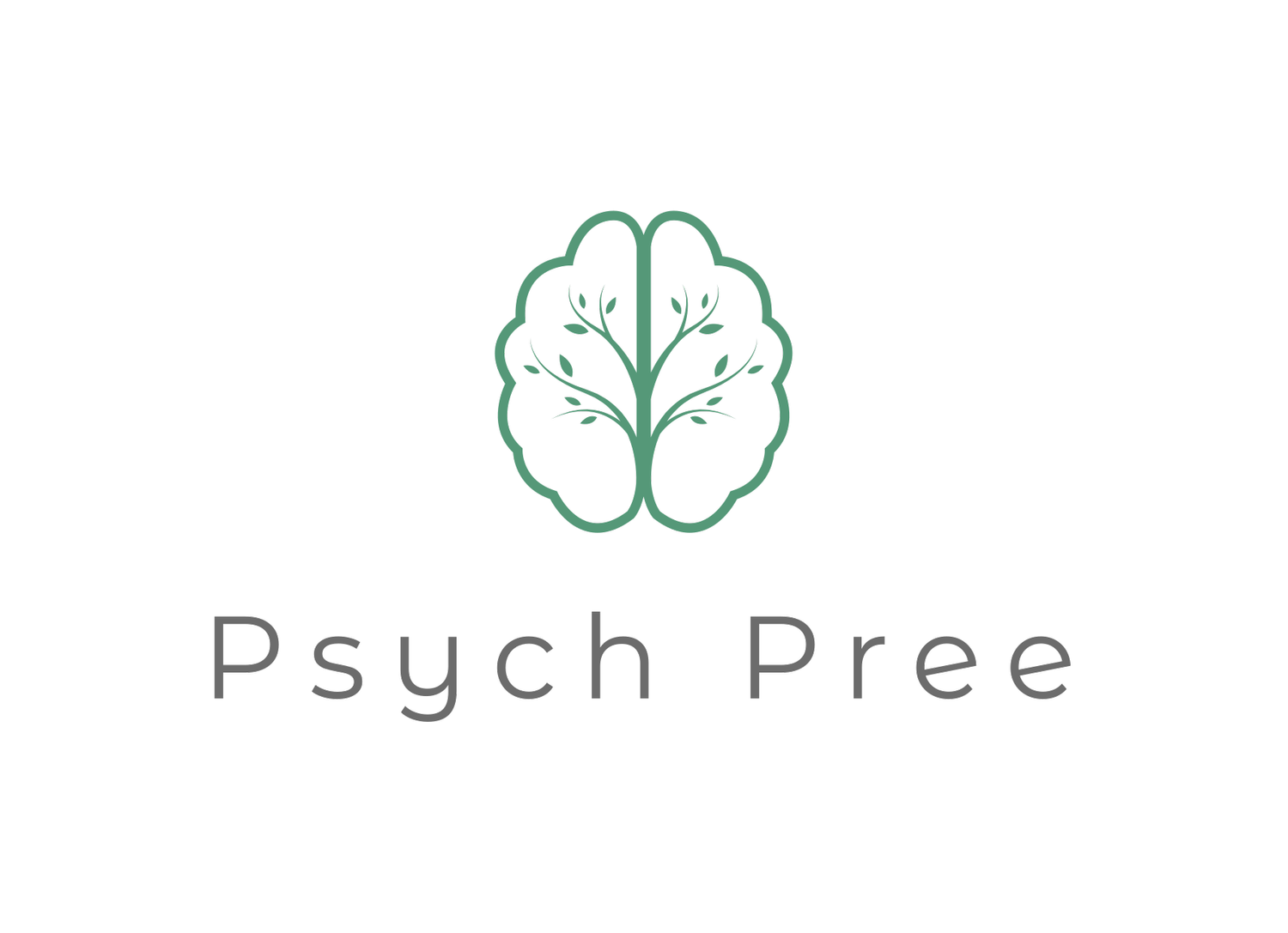The Power of Mindfulness: A Path to Greater WellBeing
In our fast-paced world, it’s easy to feel overwhelmed by constant distractions, responsibilities, and emotional stress. Whether it’s the pressure of work, social obligations, or the noise of technology, we often find ourselves disconnected from the present moment. One practice that has gained widespread attention for its ability to promote mental clarity, emotional resilience, and overall wellbeing is mindfulness.
But what exactly is mindfulness, and how can we incorporate it into our daily lives?
What is Mindfulness?
At its core, mindfulness is the practice of paying attention to the present moment with awareness and acceptance. It involves observing your thoughts, emotions, and physical sensations without judgment or attachment. The goal is to be fully engaged in the here and now, rather than ruminating about the past or worrying about the future.
Mindfulness can be practiced through a variety of techniques, including meditation, breathing exercises, and simple everyday activities. It’s about cultivating a mindset of openness, curiosity, and compassion toward yourself and your experiences.
The Science Behind Mindfulness
Mindfulness is not just a trendy wellness buzzword—it has substantial scientific backing. Research has shown that regular mindfulness practice can:
Reduce Stress: Mindfulness helps activate the body’s relaxation response, reducing the production of stress hormones like cortisol. By fostering a state of calm and presence, it counteracts the fight-or-flight response triggered by stress.
Enhance Emotional Regulation: Mindfulness allows individuals to observe their emotions without getting overwhelmed by them. This non-reactive awareness helps to create space between stimulus and reaction, making it easier to respond thoughtfully rather than impulsively.
Improve Mental Health: Numerous studies have found that mindfulness can reduce symptoms of anxiety, depression, and PTSD. It helps individuals become more aware of negative thought patterns and break free from cycles of rumination and self-criticism.
Boost Cognitive Function: Mindfulness improves focus, memory, and attention by training the brain to stay present. It has also been shown to enhance gray matter in the brain, which is linked to higher cognitive abilities and emotional regulation.
Support Physical Health: Mindfulness can improve sleep quality, lower blood pressure, and even boost immune function. It’s also been found to reduce chronic pain perception, helping those with conditions like fibromyalgia and arthritis manage their symptoms more effectively.
The Benefits of a Mindful Lifestyle
By incorporating mindfulness into your routine, you can begin to experience significant improvements in various areas of your life:
Reduced Stress: Mindfulness allows you to manage stress more effectively by staying calm and focused in challenging situations.
Improved Emotional Balance: It helps you respond to emotions with greater clarity, reducing reactivity and increasing emotional intelligence.
Enhanced Relationships: Mindfulness fosters better communication and empathy, leading to healthier relationships.
Increased Focus and Productivity: By staying present, you can enhance your ability to concentrate and perform tasks efficiently.
Improved Self-Awareness: Mindfulness helps you become more aware of your thoughts, feelings, and behaviors, leading to greater self-acceptance and personal growth.
How to Practice Mindfulness in Your Daily Life
1. Mindful Breathing
One of the simplest ways to practice mindfulness is by focusing on your breath. Take a few minutes throughout the day to breathe slowly and deeply. As you inhale, feel the air entering your body, and as you exhale, notice the release of tension. If your mind starts to wander, gently bring your focus back to your breath.
Tip: Try the 4-7-8 breathing technique: inhale for 4 counts, hold for 7 counts, and exhale for 8 counts. This helps activate the parasympathetic nervous system, promoting relaxation.
2. Body Scan Meditation
A body scan is a technique where you systematically focus on each part of your body, noticing any sensations, tension, or discomfort. This practice helps you reconnect with your body and promotes relaxation. You can do this lying down or seated.
Tip: Start at your toes and work your way up to your head. As you move through each area, take a deep breath and consciously relax the muscles.
3. Mindful Walking
Whether you’re walking to the store, to work, or simply taking a stroll, use walking as an opportunity for mindfulness. As you walk, pay attention to the sensation of your feet touching the ground, the rhythm of your steps, and the sights and sounds around you. Walking with intention helps ground you in the present moment.
Tip: Try walking slowly and deliberately, with each step consciously felt. This practice can be particularly soothing when you're feeling anxious or overwhelmed.
Tips for Getting Started with Mindfulness
If you’re new to mindfulness, it can be helpful to start small and gradually build the practice. Here are some tips to get you started:
Start with Short Sessions: Begin with just 5-10 minutes of mindfulness each day. As you become more comfortable, you can gradually increase the length of your practice.
Be Kind to Yourself: Mindfulness is not about perfection. Don’t judge yourself for getting distracted or not “doing it right.” The goal is to gently bring your attention back to the present moment without self-criticism.
Make It a Habit: Incorporate mindfulness into your daily routine, such as practicing mindful breathing in the morning, mindful eating at lunch, or a short meditation before bed.
